
In
many ways, the SHREK franchise represents the gold standard for
animated features, a veritable cash cow that should continue to
churn out buckets of dough for Dreamworks for years to come, so long
as Mike Myers doesn’t tire of lending his inexplicably
Scottish-accented voice to the main character.
Still,
there’s no guarantee that the franchise’s latest installment, SHREK
THE THIRD (opening May 18th), will match the remarkable
success of its predecessors, especially with a summer movie season
packed to the gills with big-time sequels like SPIDER-MAN 3, PIRATES
OF THE CARIBBEAN: AT WORLD’S END, OCEAN’S THIRTEEN and others. This
year, it’s going to take a lot to escape the summer movie
bloodbath triumphant.
With
that in mind, I visited the PDI/Dreamworks facility in
Redwood City
,
California
, to find out what the minds behind SHREK THE THIRD have in store
for us. (In case you’re wondering, PDI stands for “Pacific
Digital Imaging.” Pretty sexy name, huh?)
First, a quick synopsis of SHREK THE THIRD:
It’s
been a few months since the events depicted in Shrek 2, and Shrek
and Fiona are now happily married and living the good life in a
castle in Far Far Away. Their contentment is suddenly shattered,
however, when Shrek’s “frogger-in-law” King Harold passes
away, leaving the big green ogre as the heir to the throne. Shrek
already has his hands full trying to adjust to his new aristocratic
lifestyle, and wants no part in presiding over an entire kingdom. So
with the help of his pals Donkey and Puss-in-Boots, he sets out to
find his only possible replacement, Fiona’s long-lost cousin Artie
(aka King Arthur). Meanwhile, an embittered Prince Charming returns
to hatch a new scheme of revenge against his old nemesis.
As
you can guess, the latest installment involves elements of the
Arthurian Legend, introducing the characters of Arthur, Merlin,
Lancelot and Guinevere to Shrek’s fairy tale universe.
True
to the immutable Laws of Sequels, everything is bigger with SHREK
THE THIRD – especially the cast. Shrek veterans Mike Myers,
Cameron Diaz, Eddie Murphy, Rupert Everett and Antonio Banderas all
return to reprise their trademark roles. They’re joined by a host
of notable newcomers, including Justin Timberlake, John Krasinski,
Amy Sedaris and SNL players Cheri Oteri, Amy Poehler and Maya
Rudolph.
The
event at PDI/Dreamworks was billed as a “set visit,” thought the
“set” consisted of a nondescript Silicon Valley office building
where dozens of worker bees sat in cubicles, diligently working at
putting the finishing touches on their high-profile project.
If
you work at PDI, you’d better love Shrek, because the building’s
interior is decorated as one giant homage to the highly lucrative
ogre. From the boardrooms to the bathrooms, you can’t go anywhere
without running into something referencing the franchise. If I
didn’t know better, I would have sworn I’d stumbled into the
headquarters of some freaky cult, its members quietly making
preparations to board a spaceship to another dimension.
After
a hearty lunch, we were led into a screening room, where Shrek the
Third co-director Chris Miller unspooled about 20 minutes of footage
from the film. Not all of the scenes were finished, but what we
viewed provided more than enough proof that the studio is intent on
making SHREK THE THIRD every bit as good as the first two Shrek
films, if not better.
Obviously,
it’s impossible to critique the storyline, having only viewed a
handful of scenes. I can say, however, that the quality of the
animation has improved by leaps and bounds over SHREK 2. It seems as
if every detail has been enhanced – especially in regards to
background images – while still adhering to the uniquely stylized
visual aesthetic that defines the franchise. I am also happy to
report that, as of this writing, there are no songs from Counting
Crows on the SHREK THE THIRD soundtrack. Whew!

After
viewing footage from SHREK THE THIRD and taking a tour of the PDI/Dreamworks
Animation facility, we sat down with producer Aron Warner and
co-directors Chris Miller and Raman Hui, who took time out of their
busy schedules to talk about their experience working on this
summer’s most-anticipated animated film. Check it out.
Given
the success of the first two Shrek films, were you anxious at all
about the expectations for Shrek the Third?
Miller:
If we worried about that, we would be paralyzed. We really worked
hard to just concentrate on making the best movie. We wanted to make
something that we love – the best possible film and not worry about
the rest of it. Cause when you do, it’s not fruitful. It’s out of
your control.
Are
you amazed at how technology has evolved since the first Shrek?
Hui:
Actually, it’s pretty amazing now we can handle a lot of things that
we couldn’t have done in the first one. Like, we have a big shot
with all the fairytale villains and all the fairytale creatures and
all the princesses and everyone in town. We couldn’t do it before
and now we can handle all that. It’s amazing
How
will Shrek the Third differ from the first two?
Warner:
It’s very similar in
tone. It’s a full-on comedy, as the other two are. I guess the
differences would be that there are a lot more characters. It’s a
bit more of a character-driven story. There’s a really strong story
to it that propels everybody along. Not to say there isn’t a ton of
humor to go along with it, but it feels a little more rooted in the
story to some extent than the other two.
Miller:
We have a lot of new
performers – Amy Poehler as Snow White, Cinderella’s stepsisters,
Amy Sedaris, Cheri Oteri and Maya Rudolph – they’re great voices and
they make great characters. They’re fairy tale creatures that we
haven’t given voices to before. That goes for the villains as
well. Ian McShane is great in the film. And I think that’s
something new; we’re really getting the fairytale world and tying
in all their stories.
Who
do you think will be the breakout character in Shrek the Third?
Warner:
There’s a lot more characters so it’s kind of hard to say. Artie is
incredibly appealing, Merlin is very appealing, the princesses are
hilarious and the villains are great. There’s an additional number
of characters that we won’t talk about that I think will be really
appealing as well.
With
so many characters, how do you create a story arch for all of them?
Warner:
It’s almost impossible to do when you go down the list. It’s
funny you mention that, because at the end of the film we were like,
oh my god, how do we close all these stories and do it without
feeling like there are 20 endings to the film? But I think we
managed to do it.
Miller:
Yeah. You have those characters that go through big changes and
smaller ones. And then there are a few that just effect change.
Fiona would be one of those.
Warner:
That’s one of the challenges of her. She’s already way past
everyone else. She knows what’s going on. She’s together.
She’s smart. So it’s hard to kind of…where do you take that,
without really telling her own story?
Miller:
But it’s great, because she affects a lot of big change among her
peers.
What
was it like working with Justin Timberlake?
Miller:
He’s a joy. A really natural comedian, but really strong actor, too.
The great thing about working with him is that was one of the
hardest characters, a 16 year-old high school student. It was
difficult to find the truth behind that character. And we batted him
around for a year I think before Justin even came in. And then we
batted him around with Justin when he came in. The good news was,
the more we got together with him, the more the character developed
and became more like him and more his sensibilities and comedic
sensibilities. We were finishing in a really great place.
You’ve
got Arthur, Merlin and Lancelot. Where is Guinevere?
Warner:
She did have a much greater part way back when, but we kind of found
along the way that we were telling too much Artie story, and needed
to kind of concentrate back on Shrek. So we ended up getting away
from some of that. She’s one of the high school girls and she’s got
a bit of a bite. She’s not really nice.
Do
you have the Sword in the Stone?
Miller:
We don’t have The Sword in the Stone. We did at one point. We really
tried to roll on the Arthurian legend into this film and find a way.
The original concept was Shrek. Shrek was really responsible for the
Arthurian legend and we tried to approach it like that. That would
be the twist. But the further we went down the road, the more we
realized that’s not Shrek’s story, that’s Arthur’s story.
The
humor of the Shrek films is so popular with both kids and adults. Do
you make a calculated effort to make certain parts more adult or kid
oriented?
Warner:
It’s not really calculated. It’s kind of just like…if it
doesn’t make us laugh, it doesn’t stay in the movie. So there’s
stuff that makes us laugh that appeals to both our more adult side
and stuff that appeals to our complete juvenile, childlike sense of
humor. So we kind of end up with a good combo just by going with our
gut. I think it would be awful to sit there and go ‘Kid joke here.
Gotta have an adult joke here.’ In a way I’d like to say we do
calculate that cause’ it would make us seem smart, but we just do
what works.
Miller:
I mean, we’re aware if we are crossing the line too much or dumbing
things down.
Warner:
I think one of the things that does appeal to kids is the sense that
we don’t talk down to them. It’s not who we are. As people it’s not
who we are or as storytellers. We do sometimes walk the line a
little bit, and if we screen the film and sort of sense that people
aren’t getting something, we’ll back off of something or make it a
little clearer. We try to just be normal and tell a normal story.
What’s
the biggest challenge of Shrek the Third? Are there more technical
challenges?
Hui:
It’s not a technical challenge. I mean, we let the story
drive the technology. And it’s more like, ‘Ok, we want to do this.
Is it possible?’ And we get them to figure it out. It’s more about
the story. It’s the third movie, but still keeping it fresh. We have
a really unique and strong story to tell.
Warner:
That’s the big challenge: to keep it fresh and keep it new. But also
not have it be so completely unfamiliar that people are going to see
it and go ‘I thought I was going to see Shrek.’
Miller:
Telling Shrek’s story, a compelling chapter in his life.
That was the goal.
How
much do you let the actors improv and add to the script?
Warner:
As much as they want.
Miller:
We encourage it. It’s great when stuff like that happens and it
sticks.
Hui:
And then sometimes they would have some lines and we would go
back to the storyboard and map out and see how we could fit that
into the sequence. It’s a very organic process.
Miller:
Anything that’s fresh is great. Animation, by nature, it’s
very contrived. Everything is planned. Anything that feels
extemporaneous really comes to life.
At
this point in the franchise, how much autonomy do you have with the
studio? Do you still have to sell things to the studio?
Warner:
We don’t have to do a
lot of selling. Jeffrey (Katzenberg) is a good partner. He’s great
at coming in and just giving us really concise, clear notes about
what doesn’t make sense. He really doesn’t argue with us about the
jokes. There’s definitely stuff in this movie that we think is
really funny and he’s like, the whole time, passive. But then when
you see it with an audience, they laugh. And vice versa. There’s
stuff that he pushed for and we were like, ‘No, we don’t want to do
that.’ And then we see it again and it was funny. It’s a lot of give
and take.
How
much testing of footage do you do with audiences?
Warner:
We do very little actual public testing. But we watch the movie 500
times, literally over and over and over again. We’ll bring in other
people in the studio, sort of keep it in the family, and people that
are working on other films and get their opinions.
Raman,
what was it like making the transition from production to
co-directing?
Hui:
It was a great experience for me. Because for the first movie, I was
mostly concentrating on animation and helped a little bit of the
storyboarding. And in Shrek the Third, I got to see the whole
process of the pages – Chris and Aaron did a lot of the writing –
and how it turned into a story. It was just great.
With
such a diverse group of people working on the film how does that
affect your experience co-directing?
Miller:
For me it was easier because everyone, in every phase of the
production, has a skill. Most everyone who has worked on the first
two films helped, so it was a pretty well-oiled machined to step
into. It was great support all around.
How
involved has Andrew Adamson been?
Warner:
He’s great. When we do
get him involved, it’s after being away for a long time and having a
really clear and concise eye on everything. He’s a great ally. He
comes around every now and then. I think it’s a good experience for
him to kind of revisit with us. And again, it’s a fresh take and
it’s also from someone who understands the characters inside and
out. So it’s great to have that perspective.
Is
it hard for him not to be so hands-on?
Warner:
I know him well enough to know that it’s hard for him to let go, but
he’s kind of forced to because he has so much else going on.
Is
there any Narnia “Wink wink, nudge nudge” stuff?
Warner:
Not at all. I will say that we don’t have a lot of pop culture
references in this one. There are a few here and there, but it’s not
our mainstay.
Miller:
We’ve kind of pulled away from it, just because it seems like
since the first Shrek came out, a lot of animated films have sort of
grabbed on to that idea. So we’ve gone away from that.
Are
there still the Disney in-jokes?
Warner:
They’re in-jokes, I guess, but it’s more… I will say, the
stuff is more about what we grew up with and what’s in our
consciousness than it’s ever been about pointing fingers
specifically at anybody. So when you do a Shrek story with
princesses in it, you are going to remember what the princesses did
in stuff that you grew up with. So you’re going to end up wanting to
have fun with that.
Isn’t
the scene where Snow White sings to the birds a direct nod to the
Disney film?
Warner:
It’s not a direct nod to
the Disney film necessarily, but it’s definitely a nod to what we
know Snow White shouldn’t be doing. To be honest, I don’t even think
I ever saw Snow White. I don’t remember That being said, it’s so
in our consciousness. It is what it is.
With
all the tech advances since the first Shrek, has there been any talk
of going through the previous films and updating them?
Warner:
Oh god no. That would be horrible.
Miller:
That sounds more like a punishment for the afterlife.
Warner:
I don’t think it could be helped remotely. I don’t watch the
first Shrek and go, God, that’s so old school. The only thing I
think of when I watch them is that it would have been great to have
more time, just for the animation, just to make it better.
Hui:
Mostly the background characters.
Warner:
Yeah the background characters.
Are
you working on the fourth one as well?
Miller:
Yeah, there’s work on the fourth one.
Is
it hard to look at making the fourth one different and better?
Warner:
We just started working on the story, and I think from what we have
so far it’s great. It’s incredibly compelling and I feel really good
about it.
With
technology advancing so rapidly, what will Shrek 12 look like?
Warner:
I think we’re gonna have the technology to make it look completely
realistic. If we want to or not is an artistic decision. These are
stylized films and I think we’ll always stay that way. Otherwise,
it just gets creepy. And then you wonder, why aren’t you doing it
live action?
Miller:
It’s a stylized world, slightly caricatured.
They’re
working on a Shrek Broadway play. How do you think it’s gonna
translate to the stage?
Warner:
I think it’s gonna be fantastic. I’ll sing a couple songs for
you right now. I’ve seen quite a bit of it – I don’t like
Broadway – but I never imagined. We joked about something like
this. But what happened was we went and got this incredible team of
people. So the whole thing is being done with great integrity and
honor to the franchise and I think it’s gonna be awesome. It’s
really unexpected.
Some
Minor Spoilers Ahead!!!
Shrek
is gonna have a baby. Is that something you’ve always wanted to
do?
Warner:
Yeah. It’s the right time for everybody who works here, too…
There are a lot of parents. A lot of us are entering into that phase
of our lives, so it’s very relative.
So
you can relate to the projectile vomiting?
Warner:
Yeah, definitely. I do it all the time. (laughs)
Can
you say what the name of the child is?
Warner:
I just can’t. There are no children. I don’t know where you guys
got the idea from. (laughs)
What’s
it like working with animators from all over the world?
Hui:
Something about Shrek seems very global. I mean, I came from Hong
Kong before moving to the States. We’ve got a very international
animation group, but everybody gets it. We love all the characters.
Miller:
Yeah, it’s not a problem.
What
song are you using in the opening sequence?
Warner:
The song at the beginning is an Eels song that they wrote for our
film, that’s really great.
Miller:
We’re thrilled to have it in there.
Warner:
Yeah, we’re thrilled to have it in there. The big challenge of
writing a song for the beginning of this film is Shrek’s doing
something that he doesn’t like, so it’s not a happy,
everything-is-great song, but you want it to be upbeat and fun. But
he turned around and was one of the few people who was able to nail
it right out of the gate, so he did a great job.
Warner:
As always, it’s hard to find the right music for these movies. The
tone is really a moving target. We go through hundreds and thousands
of choices in some instances of songs and we hone it down to an idea
and hopefully find the right thing. But I really think we’re in
great shape in terms of the music for this one.
Is
Justin Timberlake doing a song?
Warner:
No. We wanted him to act.
Do
you have plans for the DVD?
Warner:
We’re definitely working on the DVD specials now.
Miller:
They’re really good.
How
far in advance do you plan for things like that?
Warner:
We’re working on them now. We basically are kind of in the idea
phase. Most of that stuff can be done fairly quickly. So we’re
batting around a bunch of ideas.
Hui:
We have to finish the movie first.
When
do you think you’ll be finished?
Miller:
Basically, not very long before the premiere. We begin our final mix
week after next and then it’s sort of a couple weeks of that and
then a couple weeks of making sure answer print looks good. So
it’s pretty imminent. It’s about four to five weeks.
What
was it like switching the voices of Donkey and Puss in Boots?
Miller:
It was really fun, a really cool challenge for the animators.
Hui:
Exactly. They had to animate the cat but at the same time use the
expressions of Donkey, and vice-versa.
Warner:
It took us about a month to figure out what to call them in dailies.
We’d go, so Puss needs to…you mean the cat? You mean Donkey?
Which one. So we finally got the language down.
Hui:
And sometimes we’d be in dailies and we’d look at a shot or
sequence and go, is that Puss or Donkey? Do you remember?
Warner:
Yeah, if you’d go out of continuity, you’d really start to get
screwed up. But it was really fun to see Donkey act like a cat and
vice versa.
The
actors must have had a ball doing that.
Warner:
They had a great time. I think they generally all had much more to
do on this film and much further to go, and they all kinda got
pushed out of their comfort zones a little bit.
Were
they ever in the booth at the time?
Warner:
No. We really never had that opportunity, given that many of them
are popular and busy people in the industry. It’s impossible to
get them together.
What
do you mean by “pushing them out of their comfort zone?”
Warner:
We just pushed their characters and their characters did different
things in this film than they’d done in the past. Fiona takes
complete control of these spoiled princesses and has to turn them
into these fighters. Stuff like that.
Miller:
Pushing characters in a different direction.
Will
there be any cliffhangers?
Warner:
At the end of the movie? No. I think it’s better this way, to have
different chapters of Shrek’s life.
Questions?
Comments? Manifestos? Send them to me at [email protected].


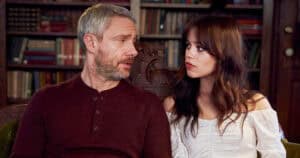
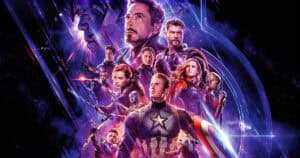
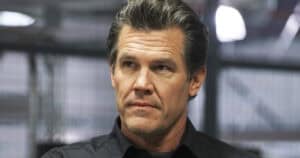

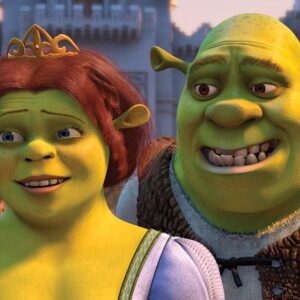
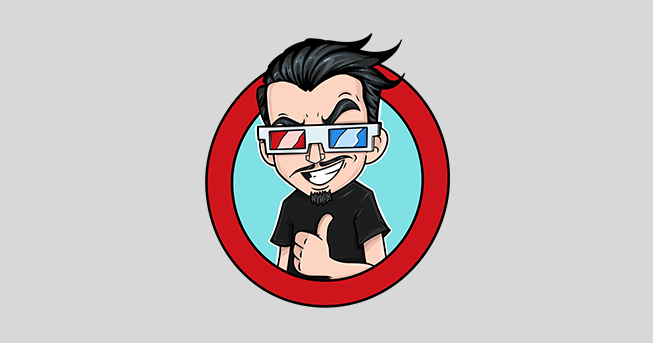
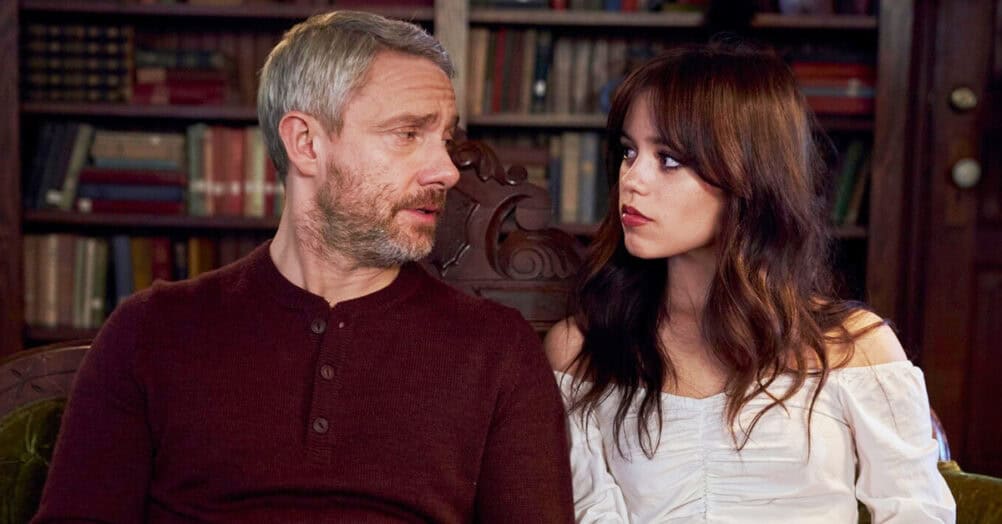
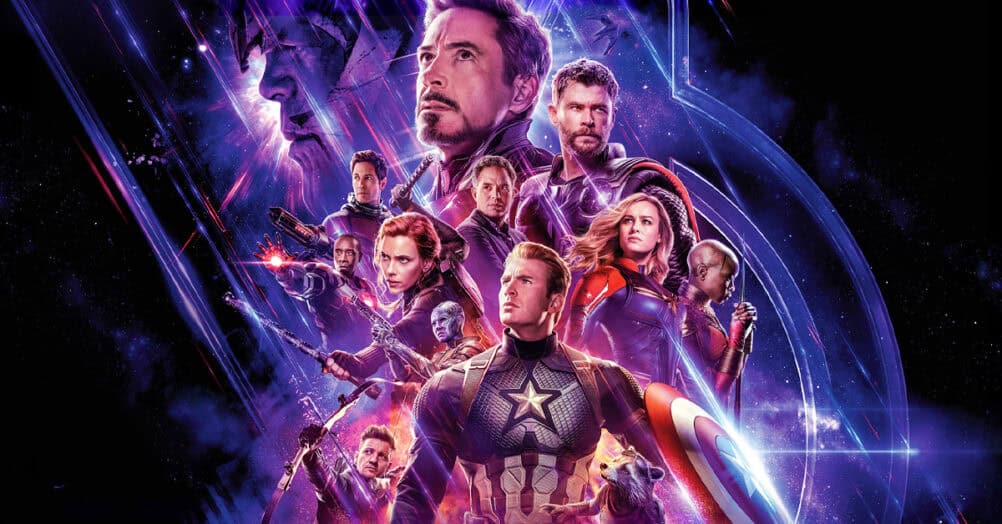
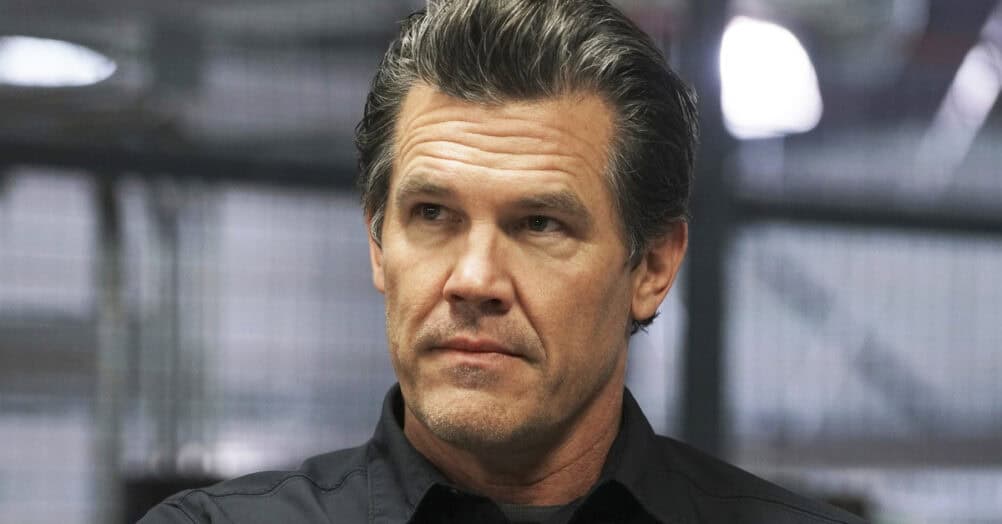
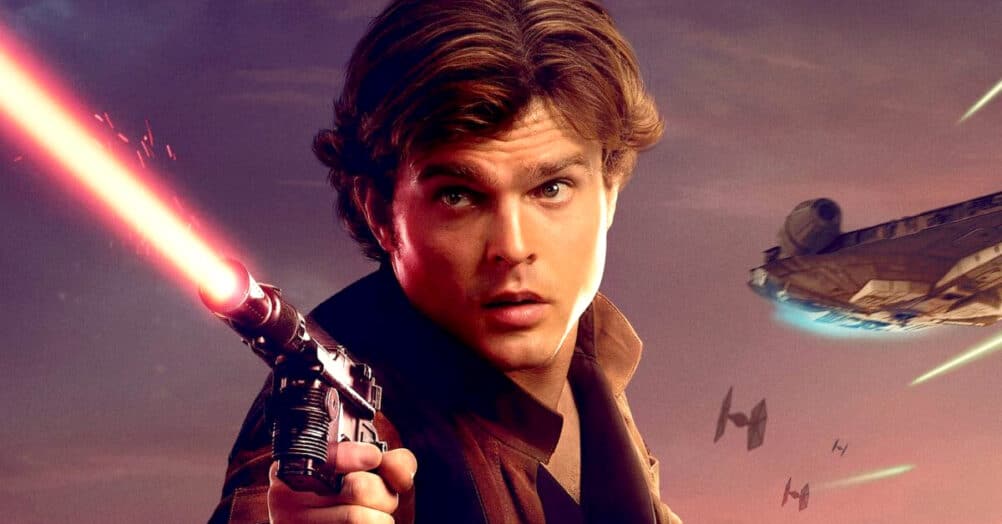
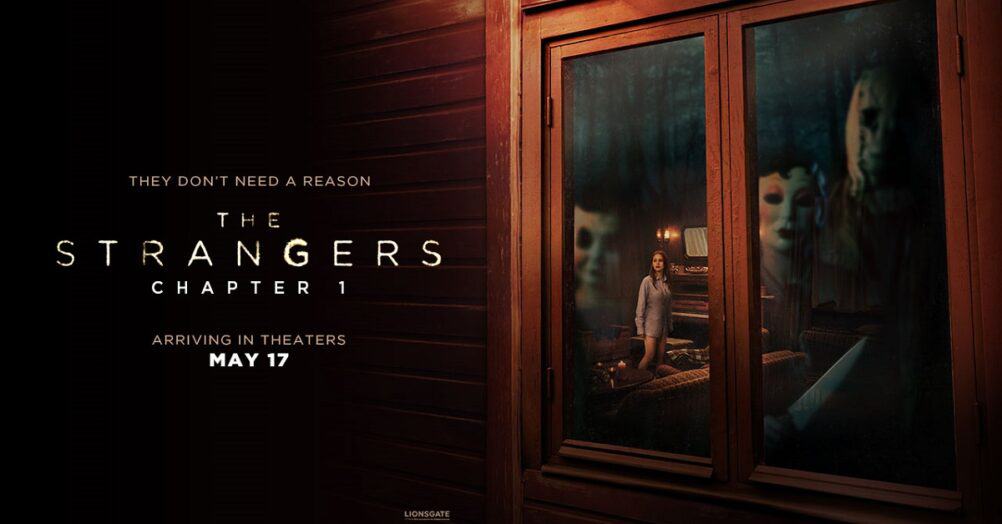
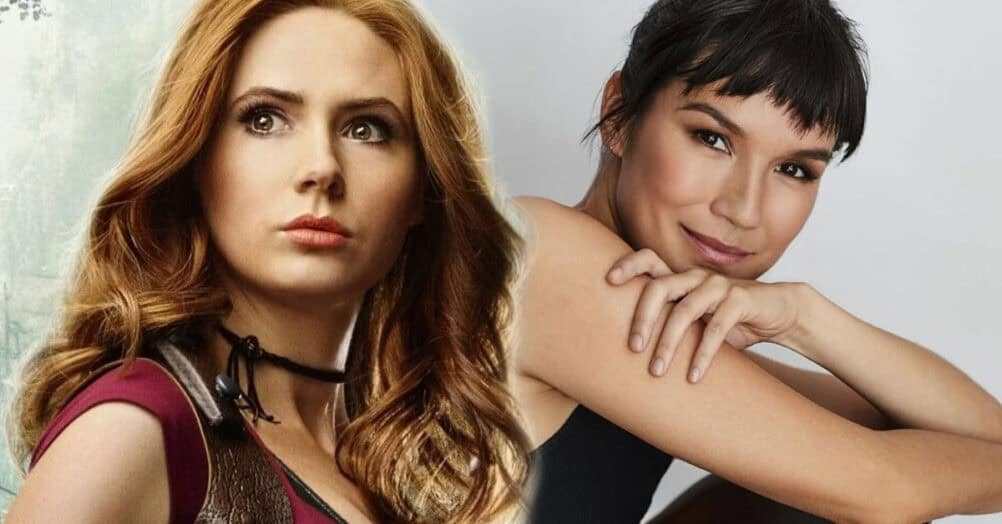
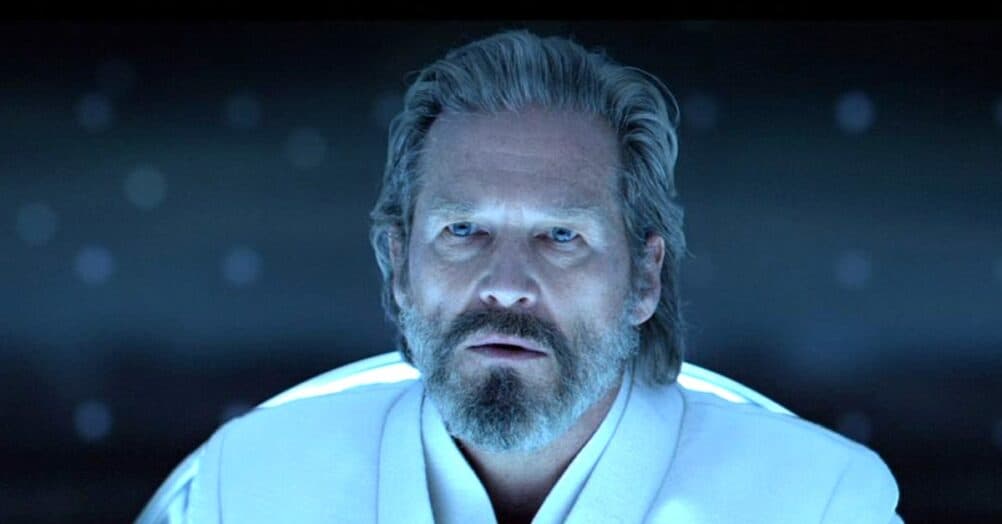
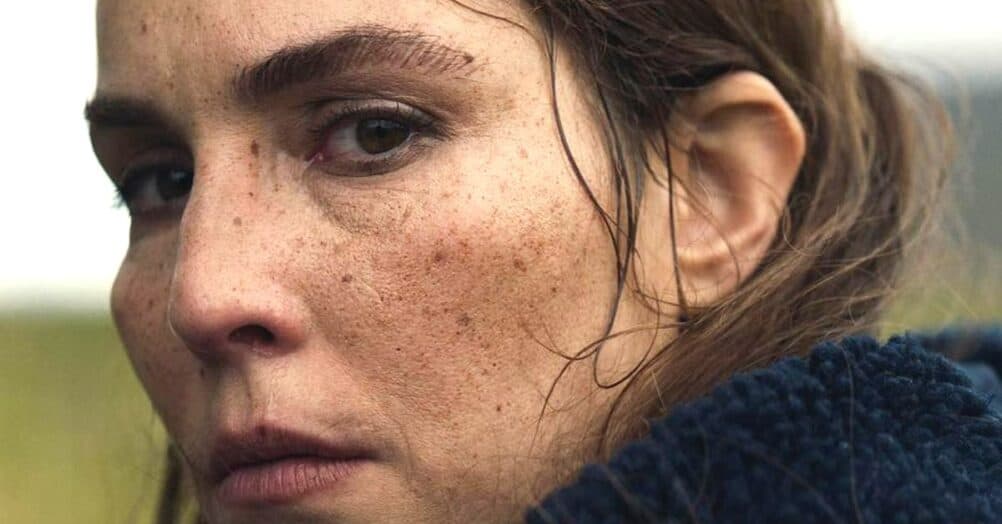
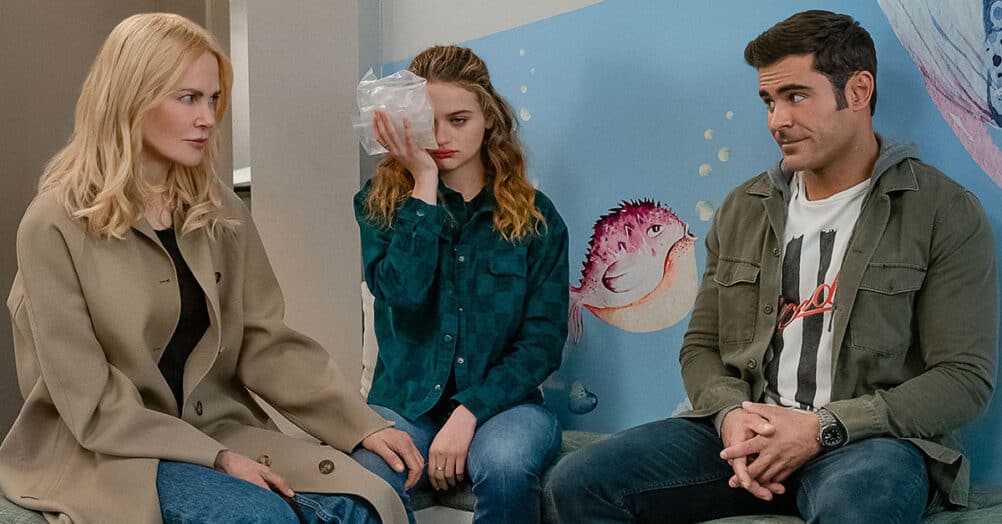

Follow the JOBLO MOVIE NETWORK
Follow us on YOUTUBE
Follow ARROW IN THE HEAD
Follow AITH on YOUTUBE